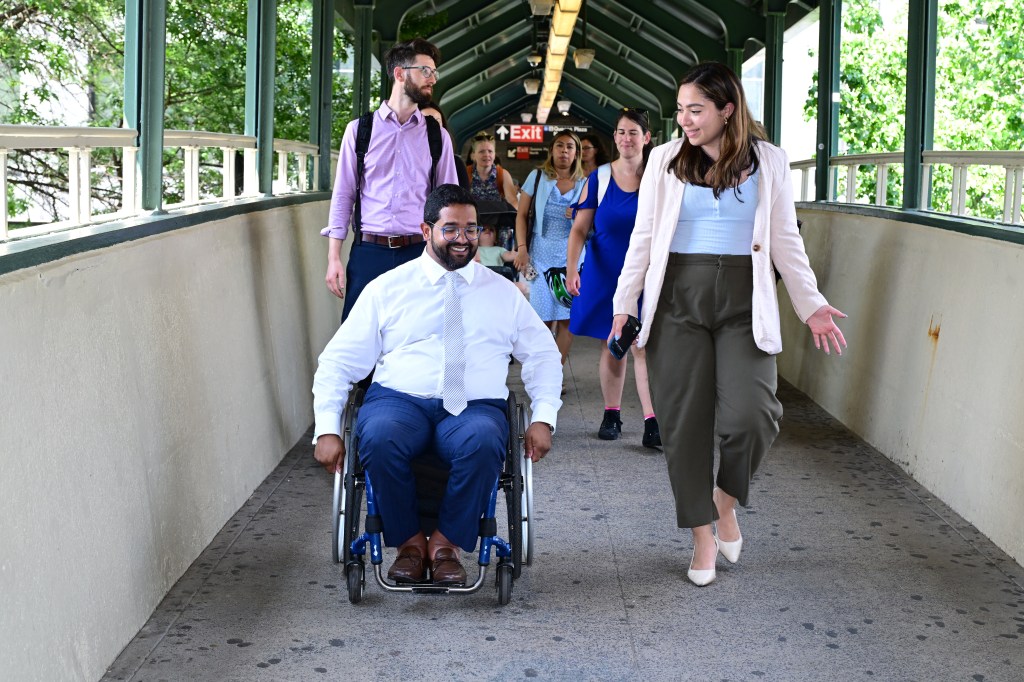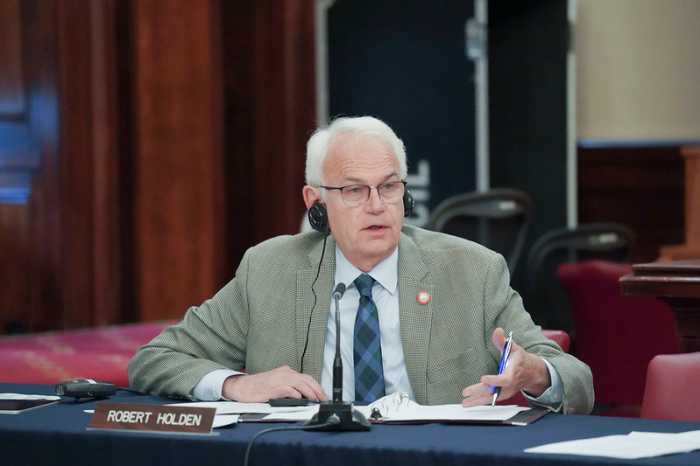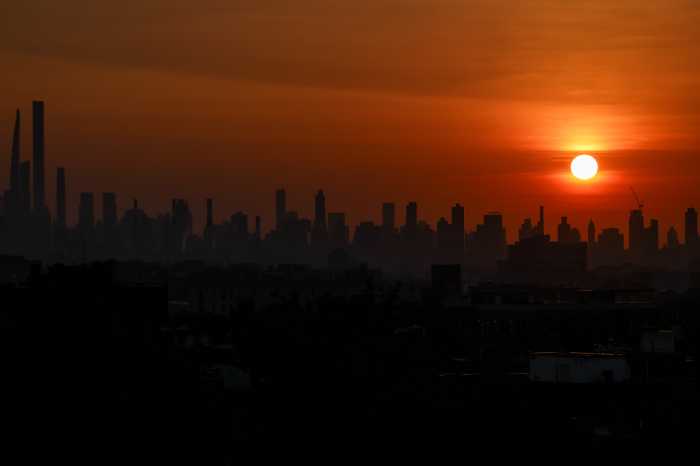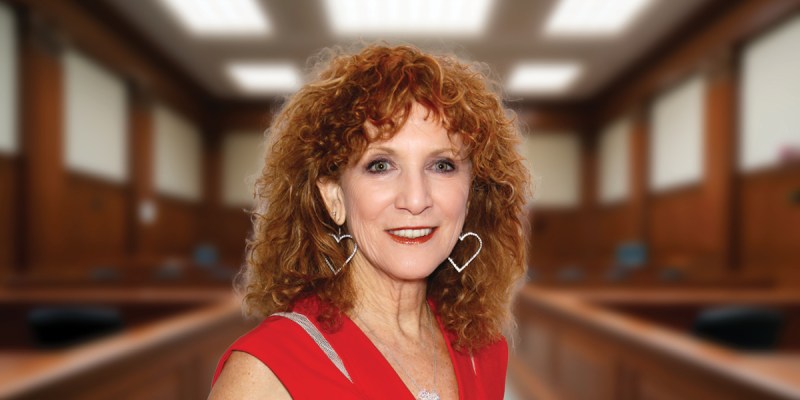By Philip Newman
The announcement by Air France and British Airways that they will retire the Concorde supersonic jetliner has brought rejoicing from Queens anti-noise activists who declared the decision long overdue.
“The Concorde is loud, unreliable and has been literally falling to pieces for years,” said U.S. Rep. Anthony Weiner (D-Kew Gardens). “It should have been grounded a long time ago.”
“Good riddance,” said Dr. Allan Greene of Sane Aviation for Everyone known as SAFE. “This plane and its appalling noise should never have been allowed in the first place.”
Air France and British Airways, the only airlines ever to fly the 1,370-mile-an-hour jet, both announced last Thursday their intentions to quit Concorde service – British Airways on Oct. 31 and Air France on May 31.
The needle-nosed Concorde was long opposed by activists near Kennedy Airport. But in the end it was done in by a faltering economy in which insufficient numbers of rock stars, movie actors, CEOs, jet-setters and the just plain rich were willing to pay the nearly $13,000 round-trip fare between New York and London or Paris. The rising cost of maintenance of the aging planes also contributed heavily to the Concorde's demise.
“The poor economic performance of the Transatlantic route operated with Concorde in the last few months and especially since the beginning of the year is behind this decision,” an Air France statement said.
Air France Chairman Jean-Cyrl Spinetta said his company “deeply regrets” the decision, but it “has become necessary.”
“Concorde has served us well and we are extremely proud to have flown this marvelous and unique aircraft for the past 27 years,” said British Airways Chairman Rod Eddington. But he said it was “a prudent business decision at a time when we're having to make difficult decisions right across the airline.”
Weiner, for one, was overjoyed.
“This is great news for the long-suffering residents of the Rockaways, all of the neighborhoods surrounding Jamaica Bay and JFK Airport and anyone concerned about airplane safety,” he said. “They know all too well the Concorde's window-rattling roar and its seeming inability to stay in one piece.”
Both airlines restored Concorde service Nov. 7, 2001 after suspending flights for more than a year after an Air France Concorde crashed on takeoff from Paris July 25, 2000, killing 113 people.
Some of those who fought against introduction of the Concorde more than 25 years ago expressed elation.
Carol Berman, a former state senator from the Five Towns in Nassau who led demonstrations against the start of Concorde service at JFK, said “the end of the Concorde is 25 years late coming. It was an impractical as well as environmentally unsound plane.”
Berman recalled that anti-Concorde demonstrators “nearly shut down” JFK with a 500-car motorcade moving at 5 mph and blocking access to the airport.
“It's a very positive thing,” said Jerome Goodman, an engineer who has measured the noise level of the Concorde at residences around Kennedy Airport.
Weiner had introduced legislation to ban it in the United States.
An Air France Concorde plunged from 60,000 feet to 27,000 feet last year because of an engine problem. The plane stabilized and safely arrived at Kennedy on a flight from Paris. Several other incidents occurred, including pieces that dropped off the Concordes' tail assemblies in flight.
Only 20 Concordes were ever built with British Airways still operating seven and Air France five.
Although British Airways initially flew Concordes to Bahrain, Singapore and other points as well as the United States and Air France once had service to Mexico City, Caracas, Dakar and Rio De Janeiro, only runs between the United States and London and Paris remained.
The Concorde, with a maximum capacity of 100 passengers, can fly the New York-London or Paris route in less than 3 1/2 hours compared with seven hours for a subsonic jet such as the Boeing 747.
President John Kennedy first announced in 1963 that the United States would build a supersonic jetliner. But after years of work by Boeing, which was awarded the contract, and $1 billion had been spent, the U.S. Senate voted in 1971 to cut off money on the grounds it would harm the environment and was impractical.
President Richard Nixon said he was “distressed and disappointed” by the vote, which he said threatened American leadership in aviation.
A major problem was that to bring down the cost of fares, a supersonic jet would have to carry far more than the 100 passenger limit of the Concorde. But since the Concorde's enormous Rolls Royce Olympia engines consume so much fuel – 5,638 gallons an hour or twice that of a conventional jet – that space and weight which should allow for hundreds more passengers must be used to carry fuel. At the time the Concorde was built, that scientific problem had yet to be overcome.
The Soviet Union built its own SST, the TU-144, but it crashed at the 1973 Paris Air Show and never was put in regular passenger service.
British Airways CEO Eddington's choice of the frequently misused word “unique” was appropriately applied to the Concorde. No other passenger plane has ever flown at twice the speed of sound or cruised at 60,000 feet from which pampered travelers could actually view the curvature of the earth.
Reach contributing writer Philip Newman by e-mail at Timesledger@aol.com or call 229-0300, Ext. 136.



































